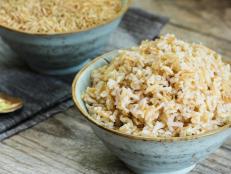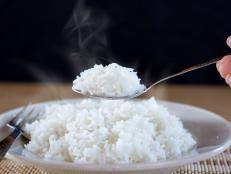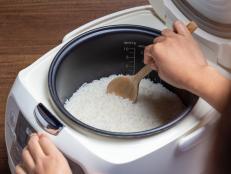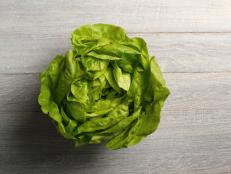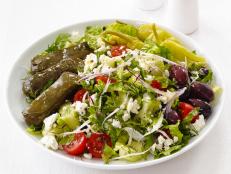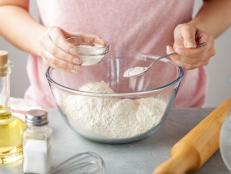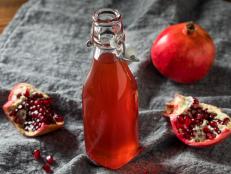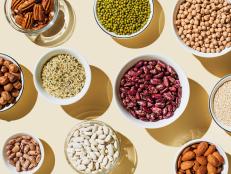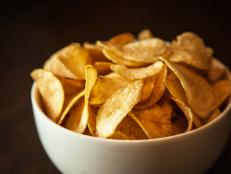How to Make Salad Dressing
Once you realize just how quick, easy and adaptable salad dressing is, you'll never buy the bottled stuff again. A basic vinaigrette couldn't be more simple—a mixture of 1 part acid (vinegar or citrus juice) and 3 or 4 parts oil. From that foundation an infinite number of variations can be spun.
Although the possibilities of what can be done in a salad are limitless, there are a few rules to keep in mind to assure success and satisfaction.
Salad Dressing Rules
- Leafy salads should always be dressed at the last possible minute.
- Vegetable salads—that is, any mixture of cooked (usually) vegetables, minus the greens, served at room temperature—are best dressed while still warm, and allowed plenty of time to absorb the flavors of the dressing. This is particularly true of potato salads.
- Coordinate pungent greens such as peppery arugula or bitter chicory with an equally assertive dressing; e.g. balsamic vinaigrette. Tender, mild lettuces—butter or Bibb lettuces or baby greens, for instance—are best treated with more delicacy. Lemon juice or a mild vinegar such as white wine, champagne or rice wine are most appropriate. Romaine and other crisp, mildly flavored lettuces have an affinity for creamy dressings. Similarly, stronger flavored, fleshier greens beg for a more generous hand with the dressing; greens more delicate in flavor and substance are better when lightly dressed.
Tips for Salad Success
- Don't limit yourself to lemon juice. Terrific dressings can be made from freshly squeezed lime, orange or grapefruit juice, though they might need to be sharpened with a bit of mustard, as citrus juices are less acidic than vinegar.
- The addition of a little mustard helps bind oil and vinegar together, making for a more stable emulsion.
- Neutral-tasting oils such as canola, safflower, sunflower and grapeseed require less acid (vinegar or citrus juice); more flavorful oils—extra virgin olive oil, most of the nut and seed oils—demand a stronger hit of acid for balance.
- We can't emphasize enough the importance of thoroughly drying all salad ingredients before dressing them. The best dressing in the world can't save a salad if the greens haven't been thoroughly dried. As far as we're concerned, a salad spinner is essential kitchen equipment.

























